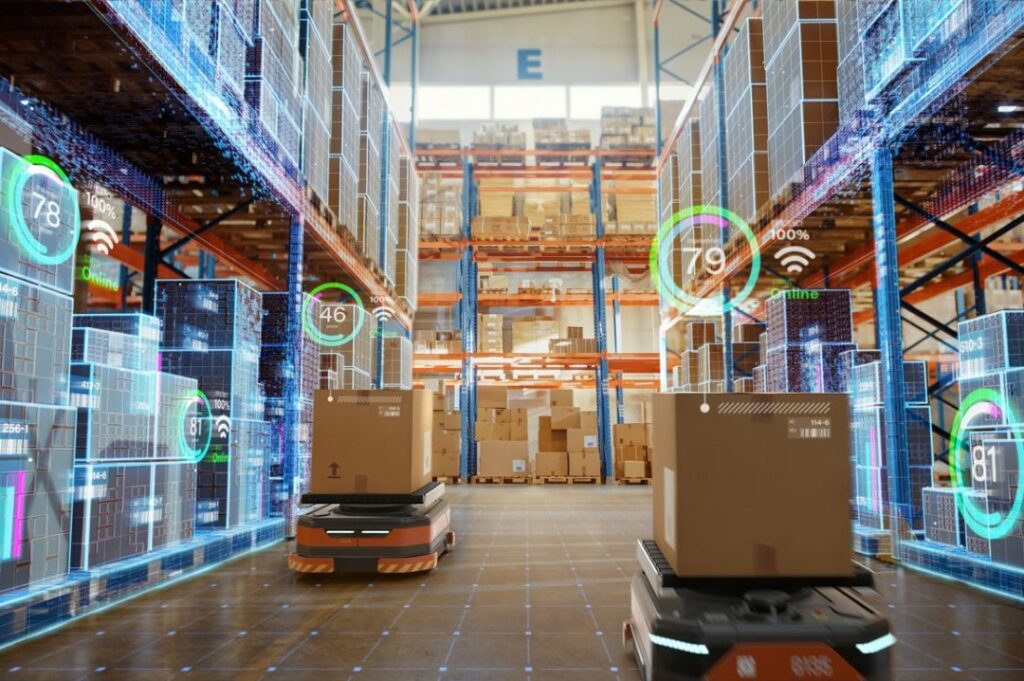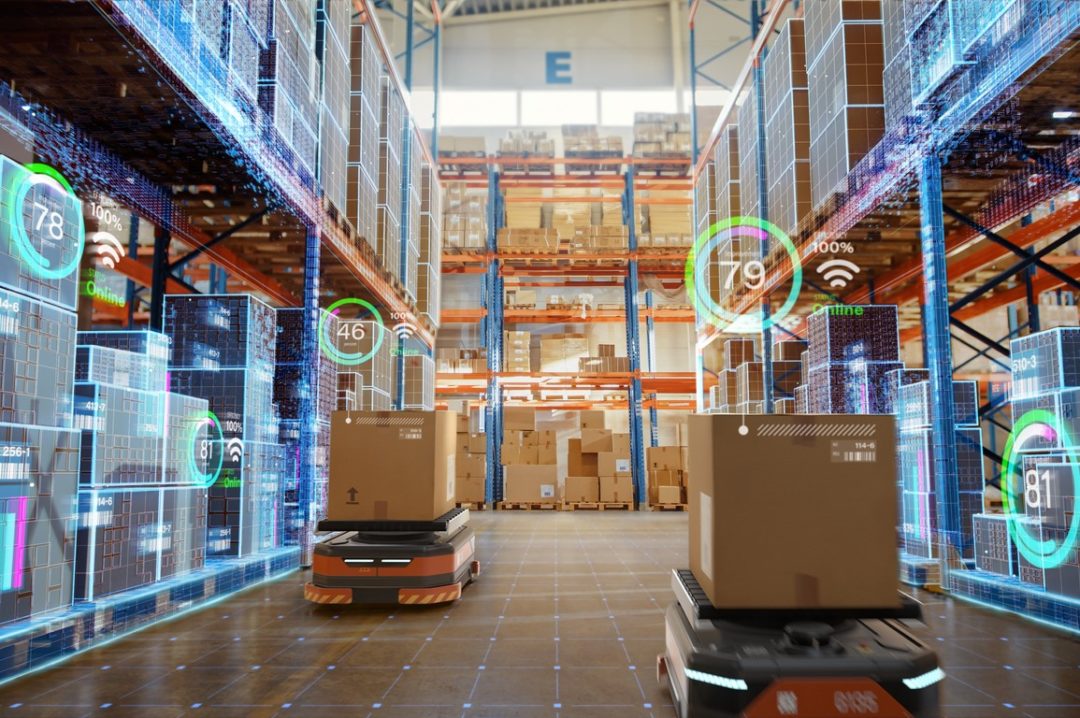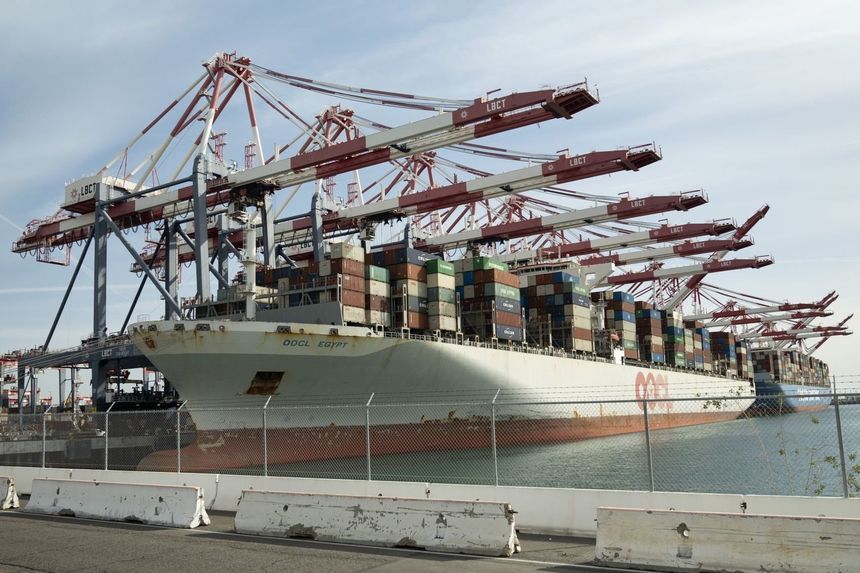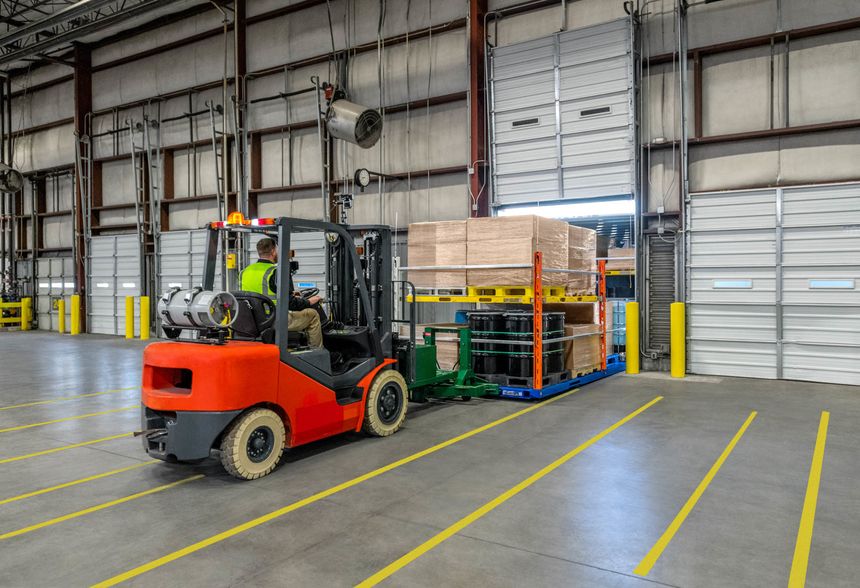Reshaping the Future of Logistics: An Outlook on Warehousing Automation Trends

Despite an expected slowing pace of automation in 2023, the forecast is for stronger growth through 2027. According to Interact Analysis’ Warehouse Automation – 2022 report, between 2024 and 2027, the market is forecast to grow at a 19% CAGR, driven by improving macro-economic conditions, as well as steady growth in e-commerce.
Reported by The Industrialist, the warehouse automation market is expected to reach $41 billion by 2027, according to LogisticsIQ’s latest 2022 market report. As the sector looks to evolve and keep up with rising consumer demand, significant investments are needed in transformative warehouse robotics.
Changing Consumer Dynamics – More at Home, More Online
The logistics industry needs to shift gears in order to keep up with changing consumer demands. Consumers are spending more time at home, and have included ordering online as part of their everyday shopping routines. For e-commerce merchants, this shift in consumer behavior meant that warehousing facilities have had to adapt to control a sharp spike in online orders moving through the warehouse.
Optimizing Warehouse Capacity
The warehousing sector was especially challenged to innovate fast enough in order to support higher levels of throughput. A frictionless flow of parcels is critical to ensure parcel carriers don’t experience a lag in order deliveries. Warehouses and fulfilment centers are held accountable for this. Logistics solutions therefore need to be made more flexible, so that warehousing companies can efficiently scale up to accommodate the transformations happening across the industry.
Pressures Faced by Warehouse Floor Workers
E-commerce growth, with its heightened demands, is leading to a turbulent situation for warehouses having to keep up with order throughput and output. In turn, this pressure is causing warehouse employees to experience a decline in their mental and physical health. This is a strong argument for why automated solutions need to be prioritized, to improve the welfare of existing warehouse employees.
A 2022 research project, by YouGov, found that nearly one out of every four survey respondents working in warehousing and transportation said their work had a negative effect on their mental health. Of the group, 19% said their employer was resistant to helping employees with work-life balance. To aid healthier working conditions, robotic systems can increase productivity and warehouse capacity. Employees benefit from this, as time-consuming, repetitive and strenuous task are taken out of their hands.
Unique Challenges: Opening the Door for New Business Models in 2023
Local-to-Local
As the logistics industry is adapting to accommodate the online shopping behaviors of modern-day consumers, the typical blueprint for warehouses need an update. Warehousing facilities are now becoming decentralized, meaning smaller warehouses across multiple locations are popping up, with a grid connecting them to the main warehouse. This model decreases congestion, and assists in keeping a steady flow of parcels moving between different parties in the supply chain. Local-to-local reduces the distance between product pickup points and delivery locations, in turn reducing expenses like transportation costs, and cutting back on greenhouse emissions.
The implication of decentralized warehousing is that traditional methods for packing, handling and shipping parcels have to adapt. When constructing new fulfilment centers, the architecture of “smart warehouses” has to be given special attention. Smart technology can greatly improve parcel storage and shipping activities.
Space Optimization
The question of how to store and handle larger items persists. Fulfilment centers are often located in a place that presents limited opportunities for expansion. Making use of every square meter currently available in the existing warehouse is therefore a priority. Here, automation plays a key role in supporting warehouse capacity and optimizing performance.
Automation is also becoming more advanced in its capabilities. For example, advanced smart technologies are making it possible for robotic systems to be more intuitive, with some automated solutions being able to sort and stack items without wasting valuable space, all while optimizing throughput capacity. With this intuitive approach, robotic pick-and-place systems can help address some common issues with space optimization for warehouses, as these systems are able to fill a tote or container to the optimal capacity.
More Comfort, Less Labor
Certain sectors within logistics are feeling first-hand the effects of the labor crisis, not least the warehousing sector, with fewer employees interested in conducting physically demanding tasks, such as pick-and-place activities. Warehouse automation is now offering more personalized in-service offerings, as well as being tailored to solve the unique needs of the warehousing facility’s existing employees.
The logistics industry has access to technology that can foster a frictionless experience across multiple stages of the supply chain. The challenge is overcoming a tendency to be passive in optimally embracing automation. The future of the smart warehouse is dependent on implementing value-added solutions today, so that supply chains can keep up with customer demand and alleviate pressures for existing employees tomorrow. Local-to-local grid planning and the implementation of smart warehouses will become more prevalent as warehouse infrastructure gets optimized for better performance.
Heico Sandee is founder and CTO of Smart Robotics







